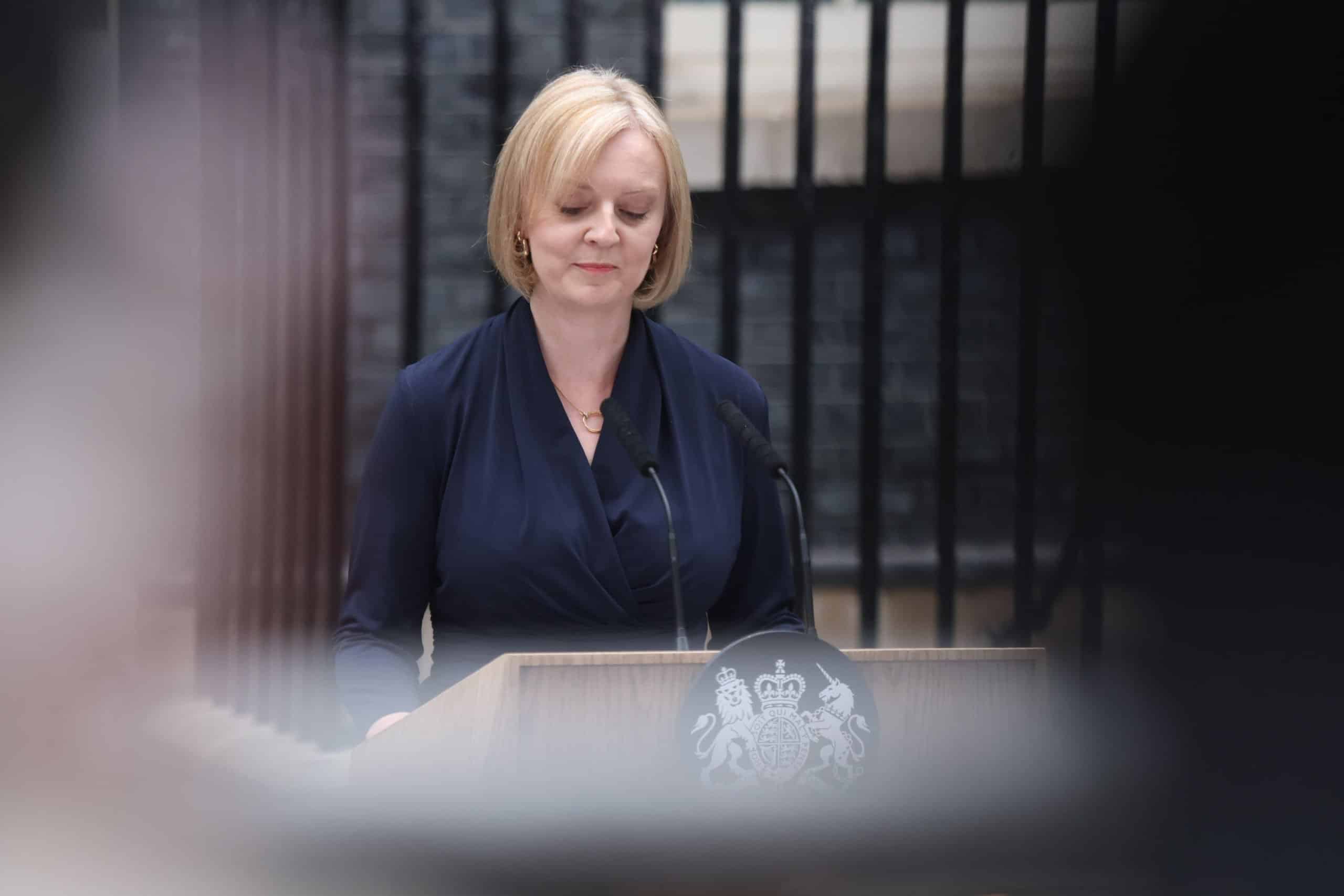
Credit:PA
The pound has slumped to its lowest level against the dollar since decimalisation in 1971 after Liz Truss promised to build a ‘World beating economy’ and Kwasi Kwarteng hinted at more tax cuts.
Sterling fell by more than 4 per cent to just 1.0327 dollars in early Asia trade before it regained some ground to about 1.05 dollars early on Monday.
The chancellor has previously brushed off questions about the markets’ reaction to his mini-budget – which outlined the biggest programme of tax cuts for 50 years – after it was announced on Friday using more than £70 billion of increased borrowing.
Kwarteng on Sunday claimed the cuts “favour people right across the income scale” amid accusations they mainly help the rich.
He and prime minister Liz Truss have defended the package, despite analysis suggesting the measures, which include abolishing the top rate of income tax for the highest earners, will see only the incomes of the wealthiest households grow while most people will be worse off.
‘General election’ was trending on Twitter with the pound in freefall.
One person pointed out that Liz Truss has “no mandate from the public” and is pursuing policies that were not in the Conservative Party’s manifesto in 2019.
Others said they are “really scared for the future of this country”, while one person said that “democracy demands accountability”.
New polling has revealed that the Labour Party is on track to secure a 56-seat majority in the House of Commons.
Savanta research for LabourList shows Sir Keir Starmer’s party would secure 353 seats if there was an election tomorrow – an increase of 154 – while the Tories would lose 146 and return 211 MPs to parliament.
The model indicates that the SNP would secure 48 seats (+4), the Lib Dems 15 (+1), Plaid Cymru three (+-) and the Greens one (+-).
Savanta found a 12-point lead for Labour, with 45 per cent of people reporting that they would back Keir Starmer’s party in a general election compared to 33 per cent who said the same of the Conservatives.
Ten per cent said they would vote Lib Dem, 3 per cent Reform and 4 per cent said they would support the Green Party.
The model suggests that, with the 12-point lead in the polls, Labour would regain many of the so-called ‘Red Wall’ seats – constituencies traditionally considered to be safe Labour seats but some of which returned Conservative MPs at the last election – including Ashfield, Bassetlaw, Blyth Valley, Sedgefield and Workington.
The seat-by-seat analysis also shows Labour taking seats held by prominent Conservative MPs: Welwyn Hatfield (Grant Shapps), Wycombe (Steve Baker), Wyre and Preston North (Ben Wallace) and Uxbridge and South Ruislip (Boris Johnson).
Related: Martin Lewis tops list of celebrities Brits would like to see as prime minister